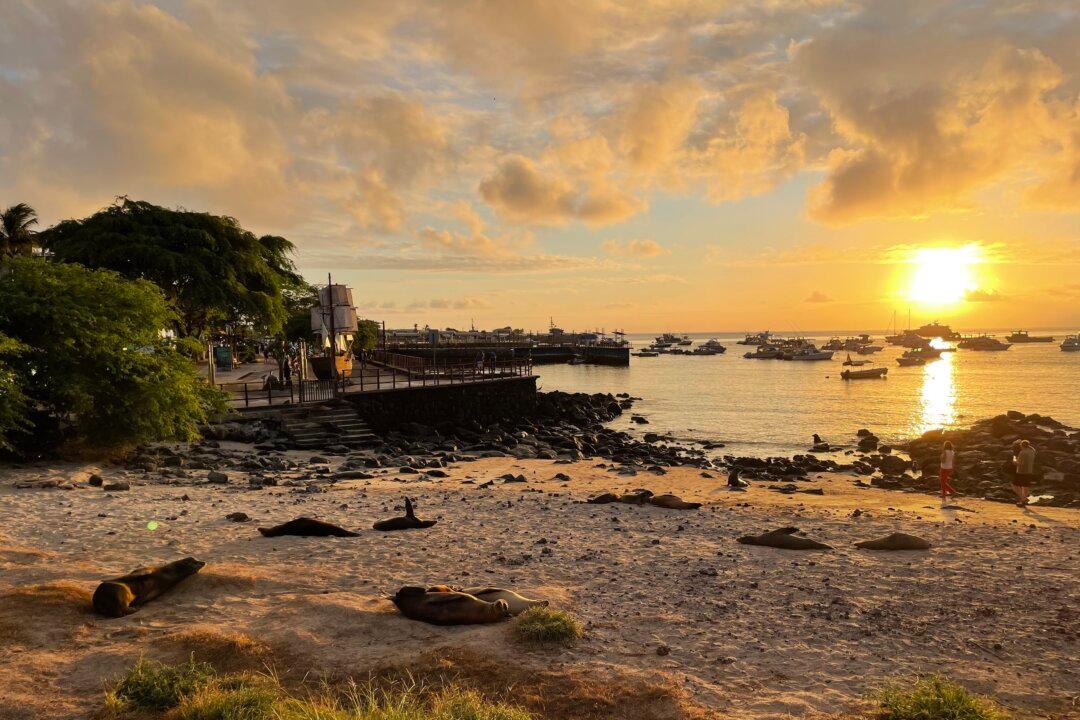If the Galápagos Islands have long been on your bucket list, stop waiting for someday and start checking off boxes. There’s no time like the present, and that’s especially true when it comes to this mind-blowing volcanic archipelago that’s unlike anywhere else in the world.
A Great Time to Visit
If you’re interested in visiting the Galápagos, you’re probably aware that the island group is primarily famous for its abundance of untouched natural wonders and endemic wildlife.The Galápagos are carefully preserved and consciously supervised no matter how many tourists show up, but with such little human presence and interference over the past year, the islands have greatly flourished. Those who visit in the near future will arrive to find wildlife that’s even more abundant than usual—flirty waved albatrosses in nesting spots that are easier to observe, sea lions more curious and playful than usual, blue-footed boobies performing their fancy dances with even more pizzazz, and islands crawling with marine iguanas and lava lizards.





